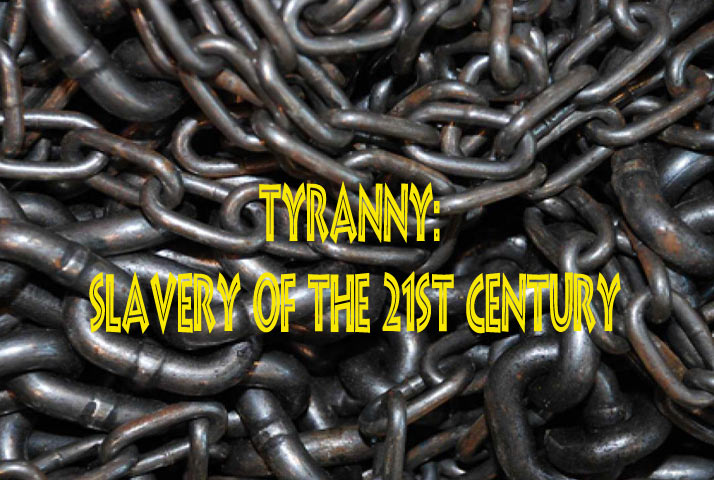When the Archive Refuses to Speak (IV)

The River Remembers series
“In the next part of this series, we will turn toward what fills the silence: song, orality, fragments, and resistance-in-translation. We will ask what it means to speak with a voice formed in silence and what a new grammar emerges when we no longer rely on inherited tongues alone.”
We begin, then, not with speech but with breath.
The breath before language.
The pause before the song.
The stillness that knows something is coming, not silence as absence, but silence as prelude.
In this fourth part of The River Remembers, we follow what was promised: a return to what fills the archive’s omissions. We ask not what the record tells us, but what it avoids. We turn toward what refuses erasure, not in ink, but in rhythm. Not in history, but in chant.
The Subaltern’s Voice Was Never Silent, You Just Didn’t Listen
Gayatri Chakravorty Spivak once asked, “Can the subaltern speak?” The question wasn’t about vocal cords or microphones; it was about recognition. About what happens when the structure of power is so total that it not only silences the oppressed, it makes their attempts to speak unintelligible.
But here, in the fractured geographies of Eritrea, Sudan, Ethiopia, Somalia, the Horn, we have always known the subaltern spoke.
She hummed her sorrow before the microphone was invented.
She braided resistance into lullabies.
She hid the truth in folktales told with half-smiles and whole wounds.
The archive never stopped her, it simply refused to document her frequency.
Before the Novel, There Was the Drum
Long before I & Eye had chapters, it had rhythm.
The Nile itself carried stories in syllables older than print. You could hear them in the overlapping tongues of Tigrinya, Tigre, Saho, Bilen, Beja, Arabic, Ge’ez, etc., not as academic categories but as living registers of memory. In Eritrea’s lowlands, a phrase remembered in Tigre became the bridge across a grave. In Sudan’s village margins, a Maghrib adhan echoed across sorghum fields, laced with grief.
We were oral long before we were literary.
The chant preserved what the decree erased.
The zafa* mourned what the archive mislabeled.
The protest song defied what the flag rebranded.
And even now, the voice that says “I arrive” does so in defiance of the tongue that once said, “You do not belong.”
Translation as Resistance
To translate is not only to convert language. It is to survive betrayal.
When a daughter of exile must translate her grief into a colonial tongue, it is not an act of convenience. It is survival. It is political. It is intimate.
In I & Eye, this becomes literal: a cassette tape left behind, not in English or Arabic, but in fragments of a Tigre lullaby only the narrator remembers in a dream. In the real world, we see this too, in how resistance movements like the Eritrean Liberation Front published in multiple scripts and multiple voices, resisting not just occupation but the tyranny of singular narrative.
Resistance-in-translation is not seamless. It’s messy. It forgets.
But in that forgetting, it reclaims.
What the Novel Is Doing That the Archive Couldn’t
This novel, I & Eye: The Mirror, Exile & the Nile, is not an act of fiction as escape. It is fiction as a return.
Its narrator, Sumaya, does not speak as a character alone. She speaks as the residue of all the women silenced in the earlier archives. She speaks in the voice of Hosna Bint Mahmoud, of Semhar-the-forgotten-fighter, of the girl who named her grief across three languages and was still called “mad.”
She is what happens when you refuse to choose between being a woman and being a witness. Between being orphaned and being of origin. Between being a footnote and being the first word.
She is the echo that corrects the record, not with citation but with presence.
What Fills the Silence?
Not redemption. Not an apology.
What fills the silence is the song.
The chant carried through walls.
The drum that sounded even when no one came to dance.
The broken language of women who did not wait for permission to mourn.
The mirror was held up in protest, not to reflect power but to undo its gaze.
To say “I arrive” is not arrogance.
It is a lineage.
It is Maya Angelou’s “I Rise,” reshaped for a river people who were told to stay submerged.
It is the sound of breath before the scream.
The murmur before the revolution.
Afterword: A Voice Steps Forward
In keeping with the spirit of this series, we do not seal the essay with a conclusion.
We offer a handoff.
To Be Continued…
The River Remembers series will continue in Part V: The Echo’s Daughter
Until then, remember:
When the archive forgets, the river remembers.
BNB
P.S. Sumaya, the narrator of I & Eye, has written a letter to you. You should have read it by now. Not as a character. But as a witness. As a woman born not into a cradle but into commentary. Raised not by nation but by the archive’s refusal.
She is not fictional. She is a memory with a pen.




Awate Forum